Beetapproved Companion Plants That Will
Beetroot (Beta vulgaris) is a cool-season vegetable that is a member of the Chenopodiaceae family. It is a versatile crop that can be grown in a variety of soils and climates. Beetroot is a good source of vitamins A, C, and K, as well as folate and potassium.
When choosing companion plants for beetroot, it is important to consider the plant's growth habit, light requirements, and water needs. Beetroot is a relatively low-growing plant that does not shade out other plants. It prefers full sun but can tolerate partial shade. Beetroot is a moderate water user.
Some good companion plants for beetroot include:
- Carrots: Carrots and beetroot are both root vegetables that benefit from being planted together. They help to deter pests and diseases from each other.
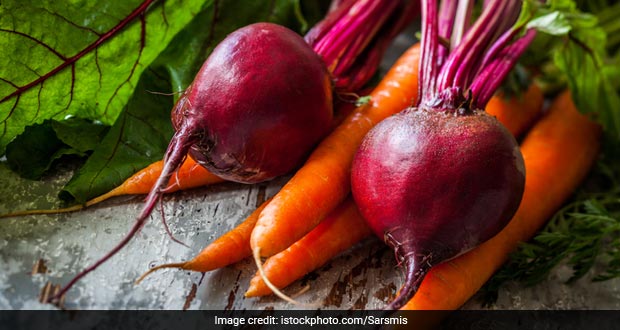
- Cucumbers: Cucumbers and beetroot are both heavy feeders, so they can benefit from being planted together. The cucumbers will help to shade the beetroot from the hot sun, while the beetroot will help to keep the soil cool and moist.
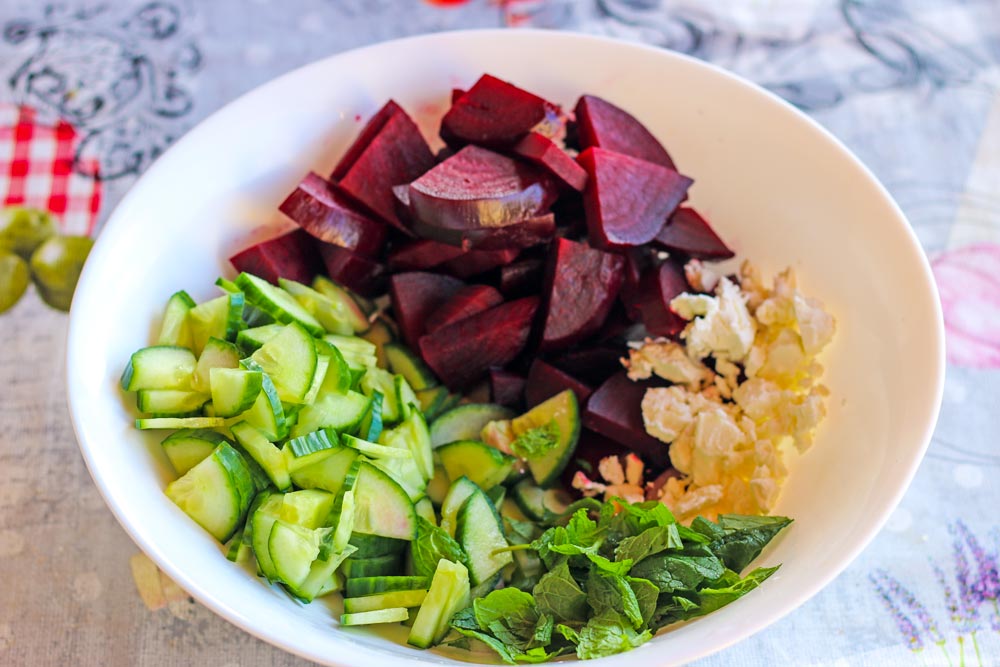
- Kale: Kale and beetroot are both relatively tall plants, so they can help to provide shade for each other. Kale is also a good source of nitrogen, which can benefit the beetroot.
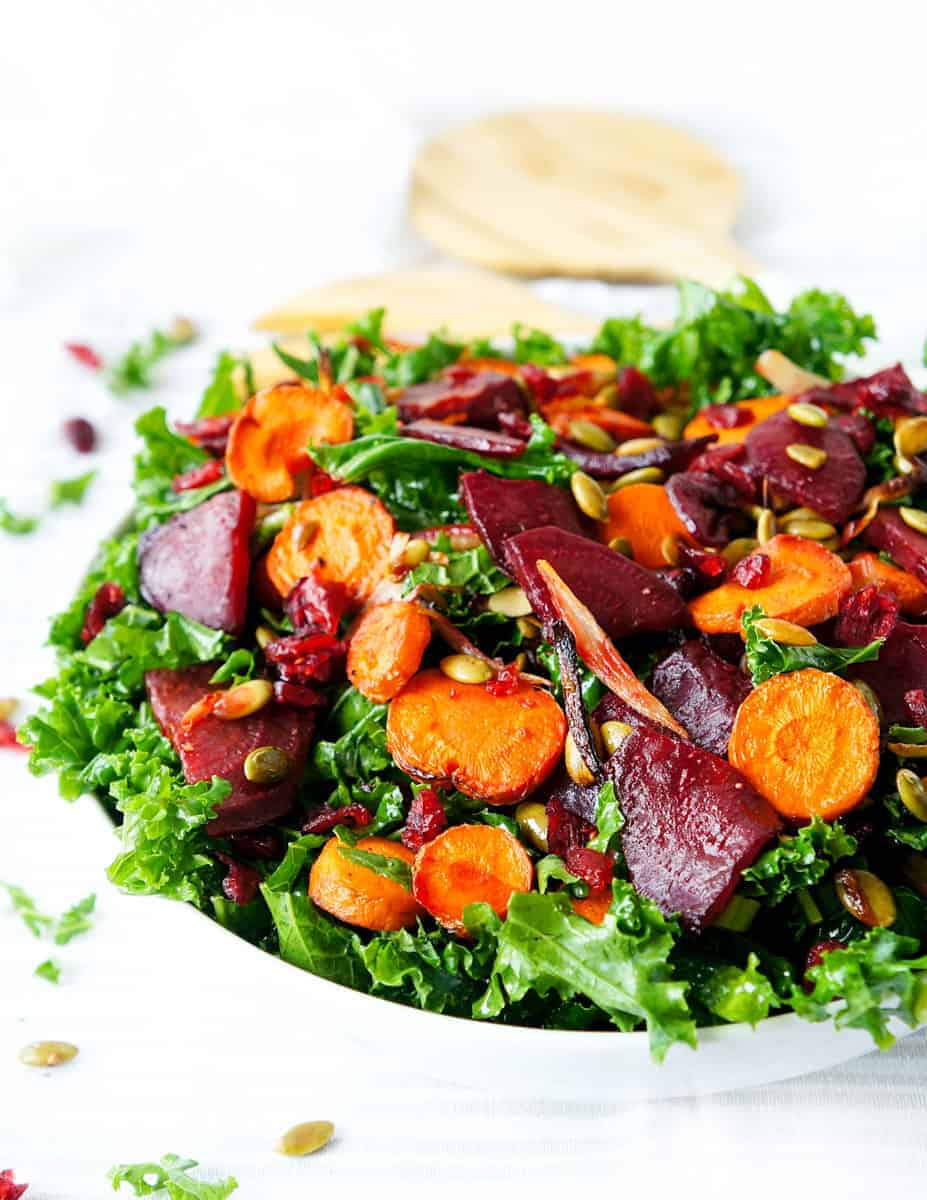
- Lettuce: Lettuce and beetroot are both low-growing plants that can be planted together in the same row. They have similar water and sunlight requirements, so they will not compete with each other.

- Onions: Onions and beetroot are both known to repel pests, so planting them together can help to protect both plants.
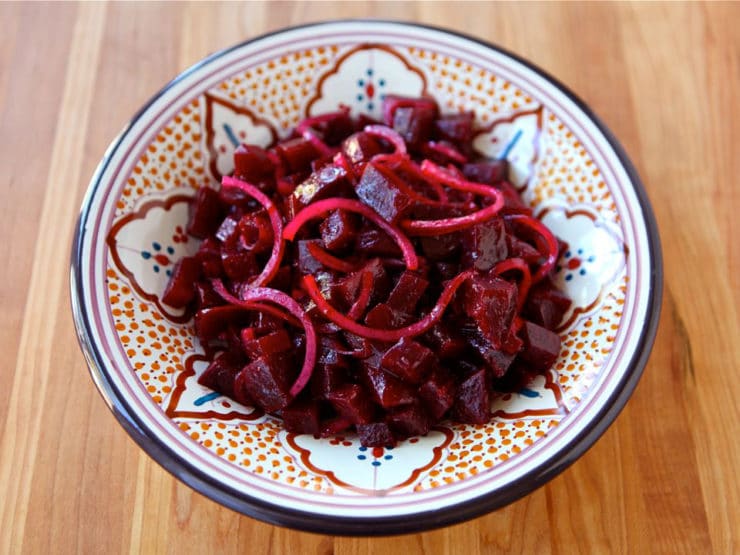
- Peas: Peas and beetroot are both nitrogen-fixing plants, which means that they can help to improve the soil quality for each other. Peas are also relatively tall plants, so they can provide shade for the beetroot.

- Spinach: Spinach and beetroot are both cool-season vegetables that can be planted together. They have similar water and sunlight requirements, so they will not compete with each other.

- Swiss chard: Swiss chard and beetroot are both relatively tall plants, so they can help to provide shade for each other. Swiss chard is also a good source of calcium, which can benefit the beetroot.

Some plants that should not be planted near beetroot include:
- Tomatoes: Tomatoes and beetroot are both susceptible to the same pests and diseases, so planting them together can increase the risk of infection.

- Fennel: Fennel can release a chemical that can stunt the growth of beetroot.

- Melons: Melons and beetroot have different water and sunlight requirements, so planting them together can lead to problems.
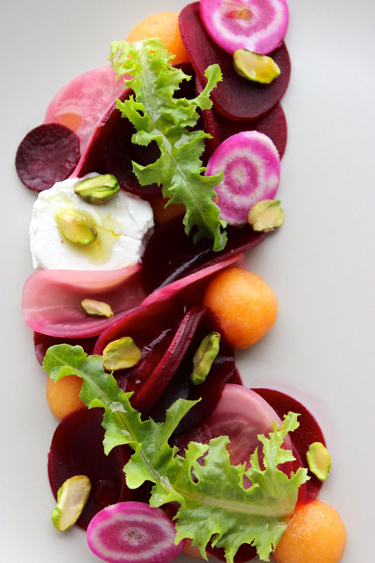
- Potatoes: Potatoes and beetroot can both attract the same pests and diseases, so planting them together can increase the risk of infection.
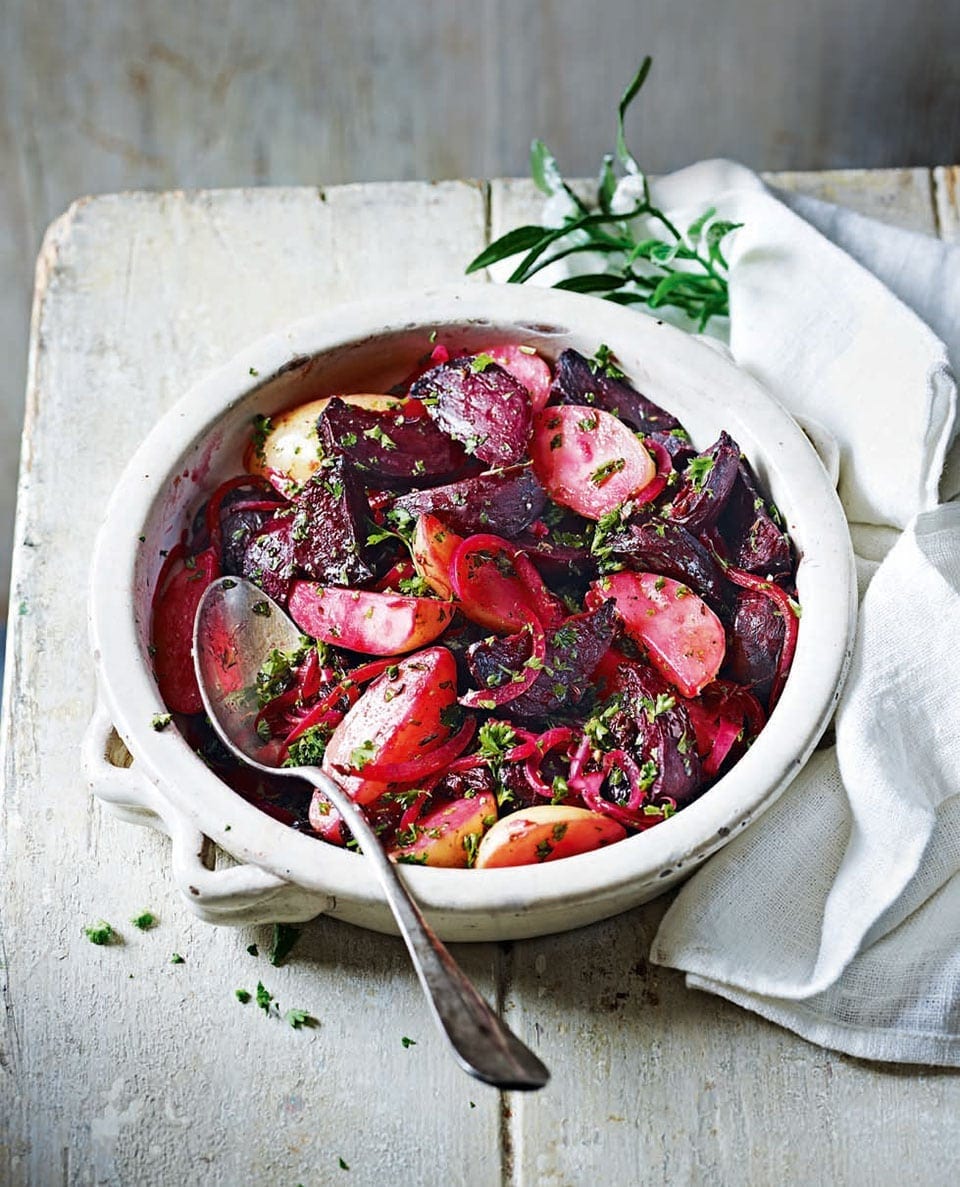
Beets are a delicious and nutritious vegetable that is easy to grow in the garden. But did you know that there are certain plants that can help your beets thrive? Companion planting is the practice of planting certain plants together to benefit each other. Some good companion plants for beets include:
- Alliums: Alliums, such as onions, garlic, and chives, help to repel pests that can damage beets, such as aphids and slugs.
- Brassicas: Brassicas, such as broccoli, Brussels sprouts, and cabbage, help to improve the soil and attract beneficial insects.
- Legumes: Legumes, such as beans and peas, fix nitrogen in the soil, which can help to fertilize your beets.
- Marigolds: Marigolds help to repel nematodes, which are microscopic worms that can damage beets.
- Spinach: Spinach helps to suppress weeds and shade the soil, which can help to keep your beets cool and protected from pests.
For more information about good companion plants for beets, please visit Gardenia Inspiration.
FAQ of good companion plants for beets
Q: What are some good companion plants for beets?
A: Beets are a relatively easy crop to grow, and they can be planted alongside a variety of other vegetables. Some of the best companion plants for beets include:
- Alliums: Alliums, such as onions, garlic, and chives, are known for their strong scents, which can help to deter pests from beet plants. They can also help to improve the flavor of beets.
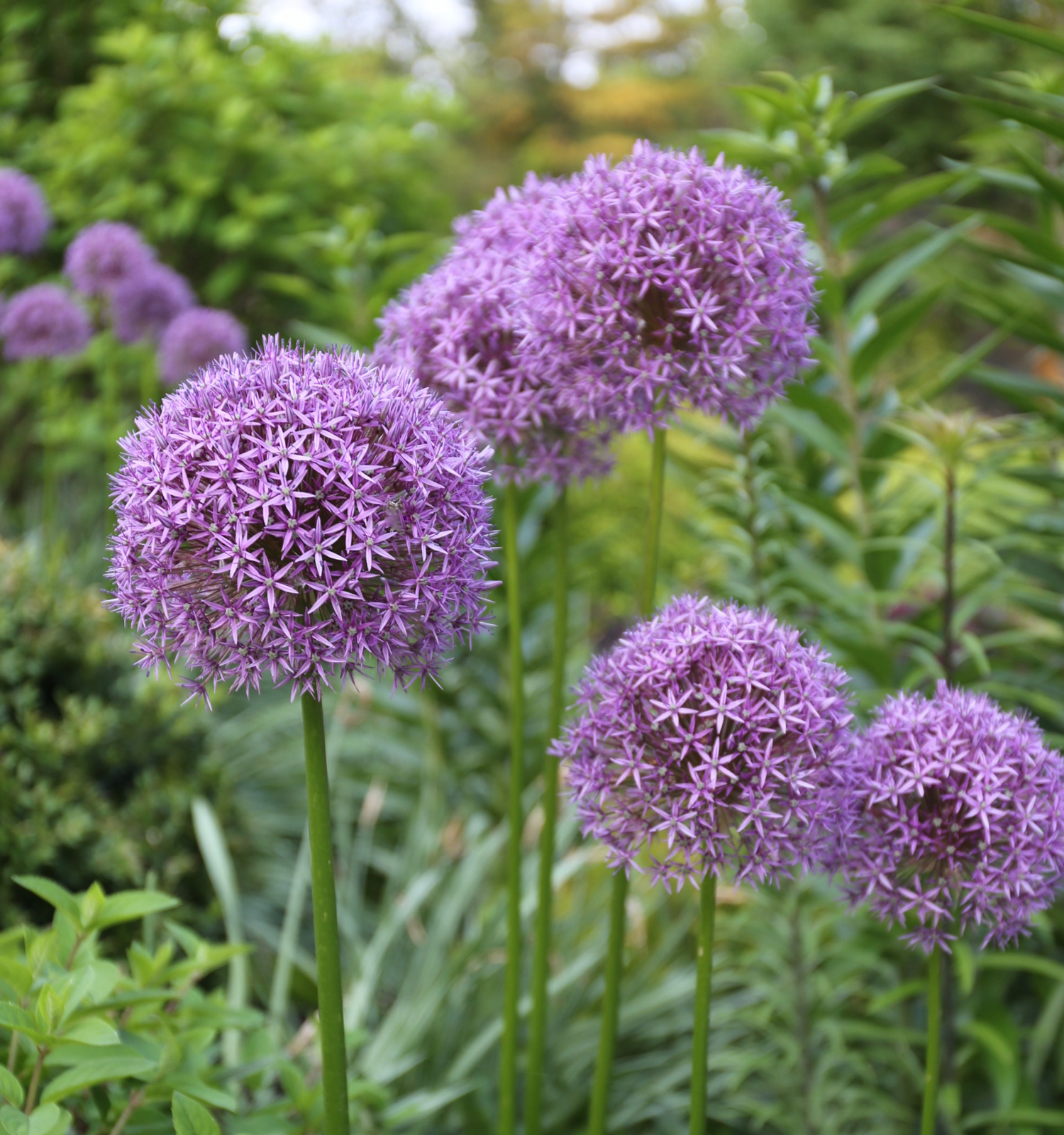
- Brassicas: Brassicas, such as broccoli, cabbage, and Brussels sprouts, can help to repel pests and diseases from beets. They also have similar growing requirements, so they can be planted together in the same garden bed.
- Legumes: Legumes, such as beans and peas, can help to improve the nitrogen levels in the soil, which can benefit beet plants. They can also help to suppress weeds.
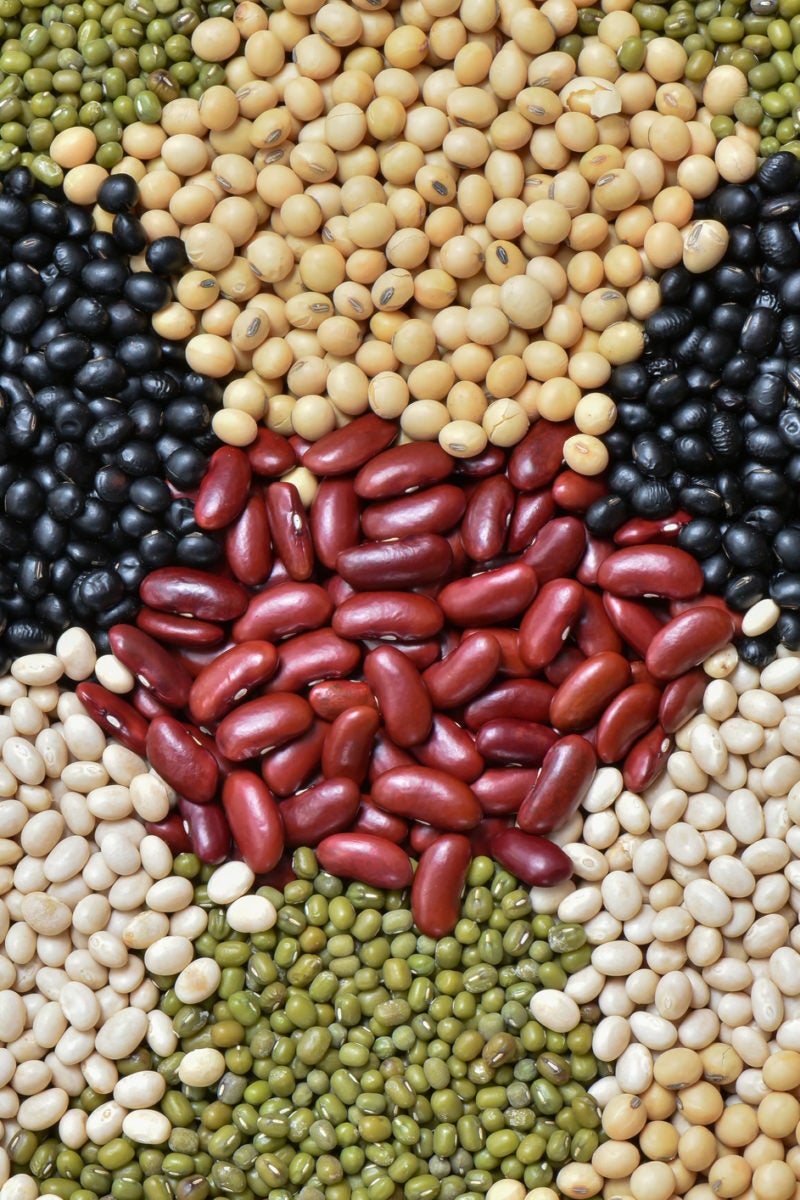
- Herbs: Some herbs, such as mint, rosemary, and thyme, can help to repel pests from beets. They can also add flavor to beet dishes.

- Lettuce: Lettuce is a fast-growing crop that can be planted alongside beets. It can help to shade the soil and suppress weeds, which can benefit beet plants.
Q: What plants should I avoid planting near beets?
A: There are a few plants that you should avoid planting near beets, including:
- Pole beans: Pole beans can shade beet plants, which can stunt their growth.

- Field mustard: Field mustard can compete with beet plants for nutrients and water.
- Charlock (wild mustard): Charlock is a type of weed that can be harmful to beet plants.
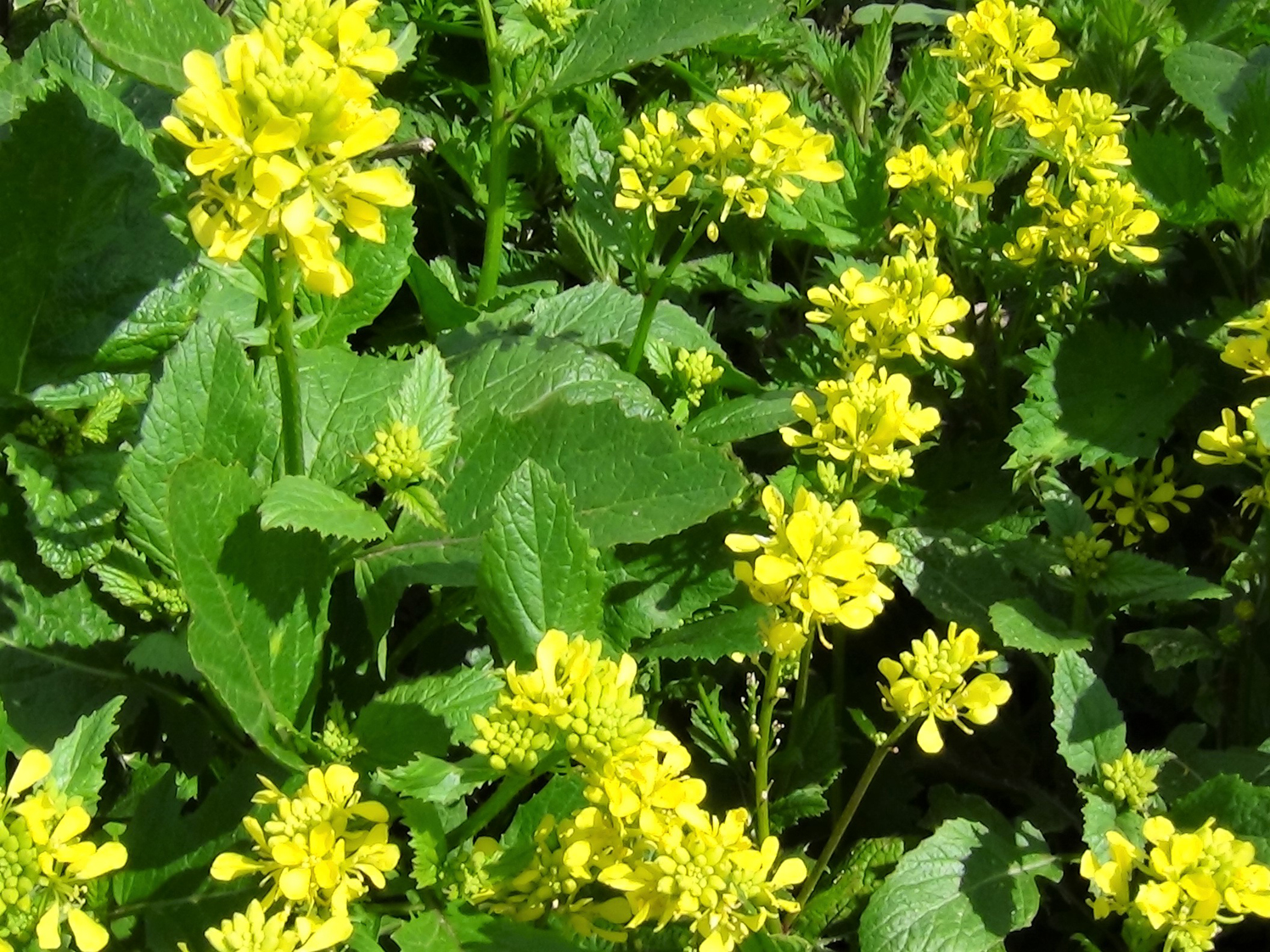
Q: How do companion plants benefit beets?
A: Companion plants can benefit beets in a number of ways, including:
- Attracting beneficial insects: Some companion plants, such as marigolds and nasturtiums, attract beneficial insects, such as ladybugs and lacewings, which can help to control pests that damage beet plants.

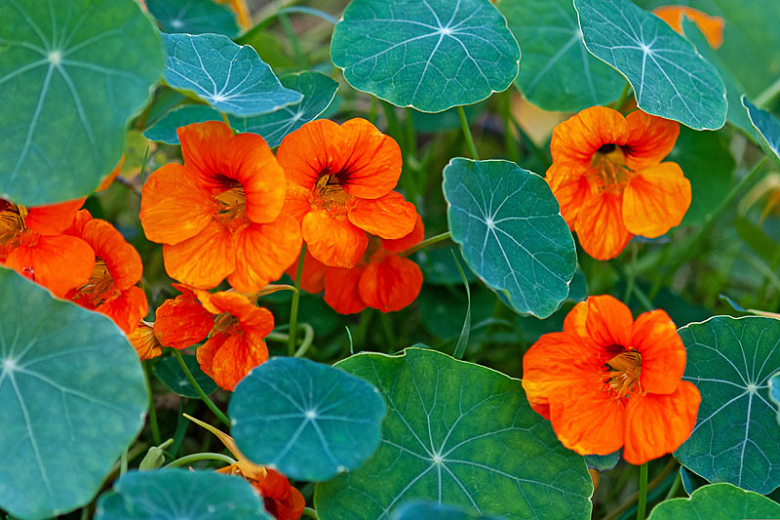
- Reducing weeds: Some companion plants, such as lettuce and spinach, can help to suppress weeds, which can compete with beet plants for nutrients and water.
- Improving soil quality: Some companion plants, such as legumes, can improve soil quality by fixing nitrogen in the soil. This can benefit beet plants by providing them with essential nutrients.
- Decreasing disease risk: Some companion plants, such as onions and garlic, can help to deter pests and diseases that can damage beet plants.
Q: What are the ideal spacing requirements for beets and their companion plants?
A: The ideal spacing requirements for beets and their companion plants will vary depending on the specific plants involved. However, as a general rule, beets should be spaced at least 2 inches apart, and their companion plants should be spaced at least 6 inches apart.
Q: How can I use companion planting to improve my beet harvest?
A: Companion planting can be a great way to improve your beet harvest. By planting beets alongside compatible companion plants, you can deter pests, improve soil quality, and reduce competition from weeds. This can lead to healthier beet plants and a larger harvest.
Image of good companion plants for beets
- Carrots: Carrots and beets are both root vegetables that benefit from being planted together. Carrots help to deter pests from beets, and beets help to improve the flavor of carrots.
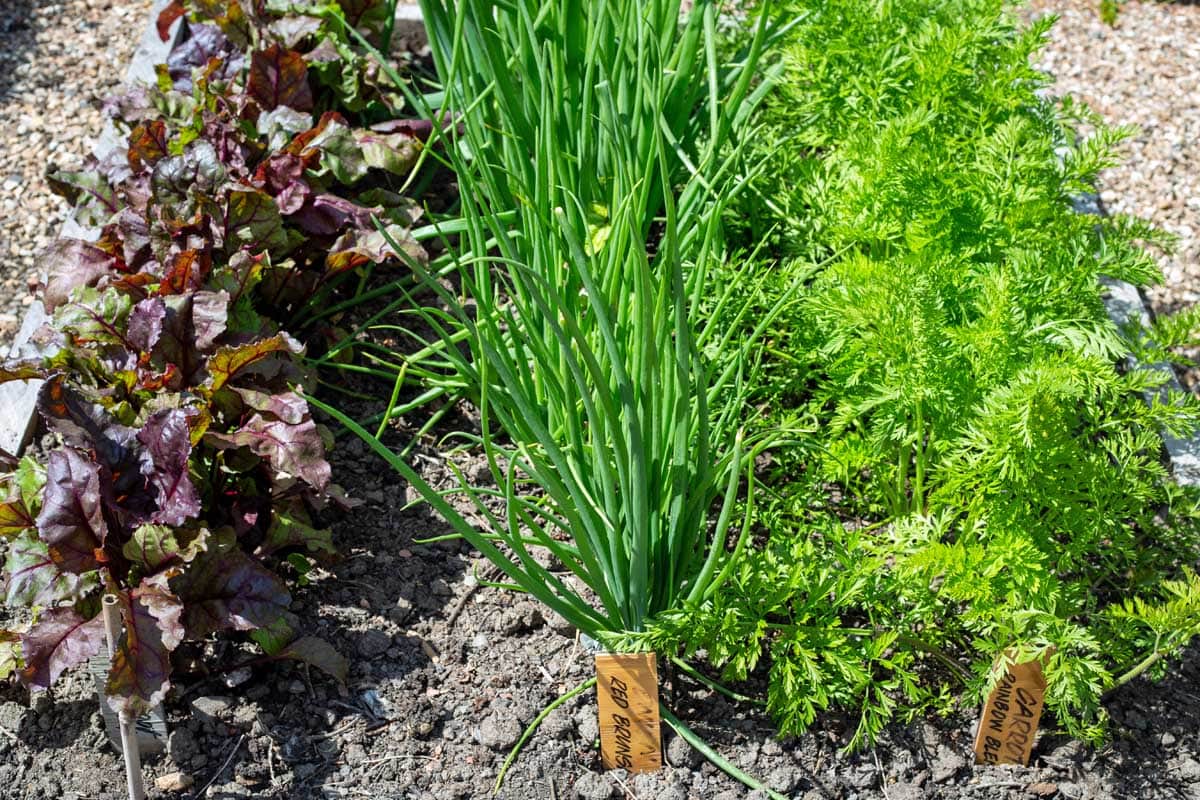
- Cucumbers: Cucumbers and beets are both heavy feeders, so they can help each other to grow well. Cucumbers also help to shade the soil around beets, which can help to prevent them from bolting.
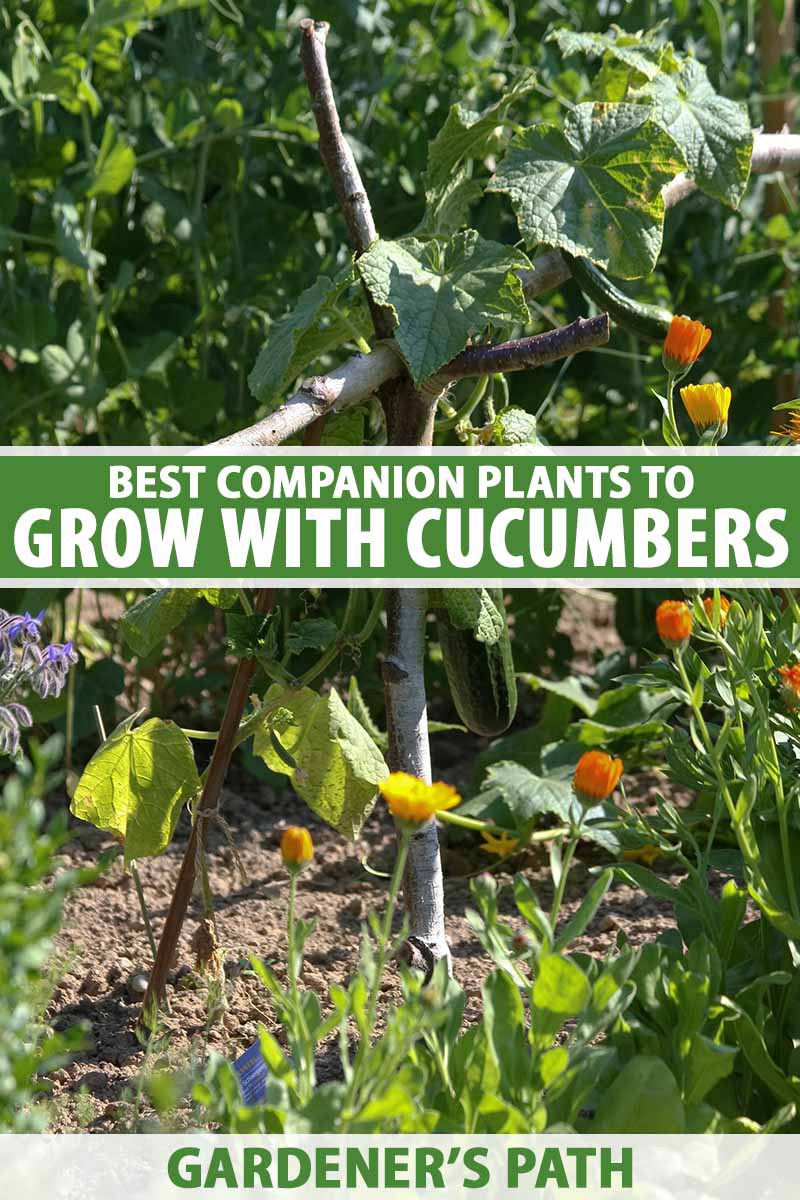
- Kale: Kale is a nitrogen-fixing plant, which means that it can help to add nitrogen to the soil. This can benefit beets, which are heavy feeders. Kale can also help to deter pests from beets.

- Leeks: Leeks and beets are both members of the allium family, and they can help to repel pests from each other. Leeks also help to improve the flavor of beets.

- Spinach: Spinach and beets are both cool-season crops that can be planted together. Spinach helps to suppress weeds, which can benefit beets. Beets also help to improve the flavor of spinach.
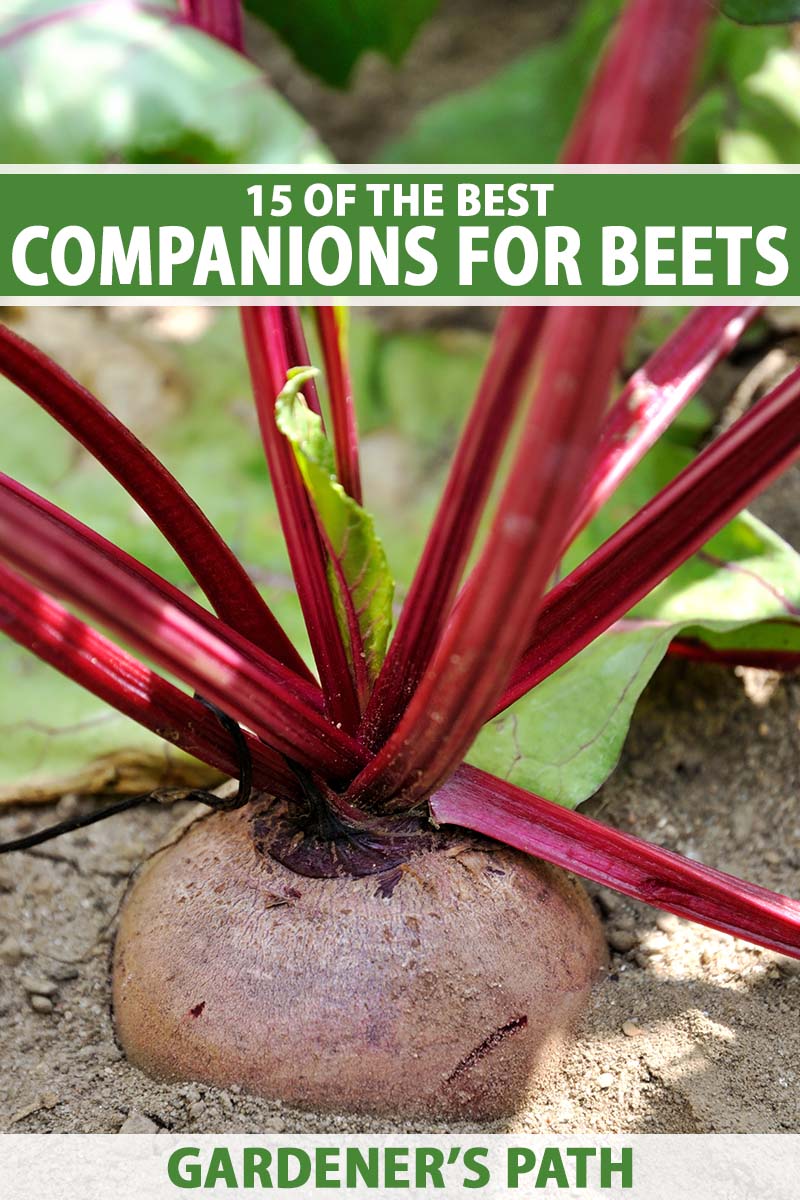


Post a Comment for " Beetapproved Companion Plants That Will"